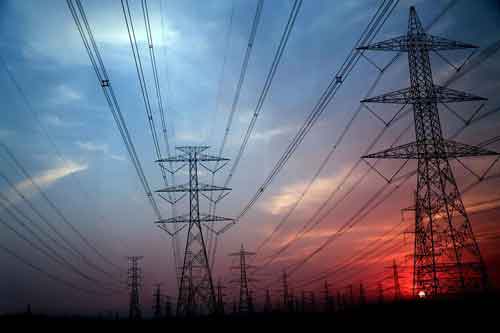How renewable feed-in tariffs affect your bill
By Phoenix Examiner
Protective Relay Training - Basic
Our customized live online or in‑person group training can be delivered to your staff at your location.

- Live Online
- 12 hours Instructor-led
- Group Training Available
Feed-in tariffs are now part of U.S. and state legislation to enable greater renewable portfolio standards and global warming reduction in the country, but the term is not fully understood.
One major obstacle for the adoption of renewable energy sources such as: biomass, solar, geothermal and wind is the retail price of electricity, which is typically more expensive than the retail price of electricity generated from nuclear or fossil fuels such as natural gas and coal.
A feed-in tariff is a revenue-neutral way of making the installation of renewable energy at the residential, commercial or utility level more appealing. The electricity that is generated is bought by the utility at above market prices.
In some instances, the retail price of electricity purchased from this power source might be 40¢/kWh, which is not competitive with a conventional fossil fuel plant at 10¢/kWh; so the difference is distributed to all of the customers of the utility. For example, if $100,000 worth of green power is bought in a year by a utility that has 1,000,000 customers, then each of those customers will have 10¢ added on to their bill annually.
Feed-in tariffs guarantee long-term payments at pre-established rates for the electricity generated from renewable sources. While utilities are obligated to buy the power, the long-term payments help encourage renewable energy development by reducing risks for investors. Any added costs are typically passed along to ratepayers and, for technologies such as wind and biomass power, it may offer a hedge against electricity price volatility over the long-term.
As a result, a small annual increase in the price of electricity per customer can result in a large incentive for people to install residential renewable energy systems or for a company to build a solar power plant. These are the basics of how the feed-in tariff works for clean energy; it is often phased out once approximately 20% market penetration has occurred. In California it covers the first 500 MW of generation for a particular facility.
In Germany, the feed-in tariff for roof-top solar panels is reduced by 8% in 2009 and 2010 and then by 9% annually from 2011 onwards, instead of by a constant 5% per year.
U.S. National Renewable Energy Lab (NREL) analysts are reviewing these policies in a series of technical reports designed to inform government policy makers, clean energy investors, utilities, and the general public. This laboratory has suggested that tariffs should be lowered over the life of the contract period, according to a transparent and incremental plan, as innovation and growth reduce technology costs in order to encourage rapid deployment and increase competition among manufacturers
According to the NREL studies, experience around the world suggests that feed-in tariffs can effectively expand a renewable energy portfolio and enable a Green stimulus, while creating Green jobs and helping meet renewable energy mandates.
The feed-in tariff system has been enacted in Australia, Austria, Brazil, Canada, China, Cyprus, the Czech Republic, Denmark, Estonia, France, Germany, Greece, Hungary, Ireland, Israel, Italy, the Republic of Korea, Lithuania, Luxembourg, the Netherlands, Portugal, Singapore, Spain, Sweden, Switzerland, and in some states in the United States.
U.S. states such as Arizona with enormous solar potential and skyrocketing summer energy demand during blazing-hot summers have a major anti-recession opportunity at hand once the proper feed-in tariff legislation and business agreements are in place.











